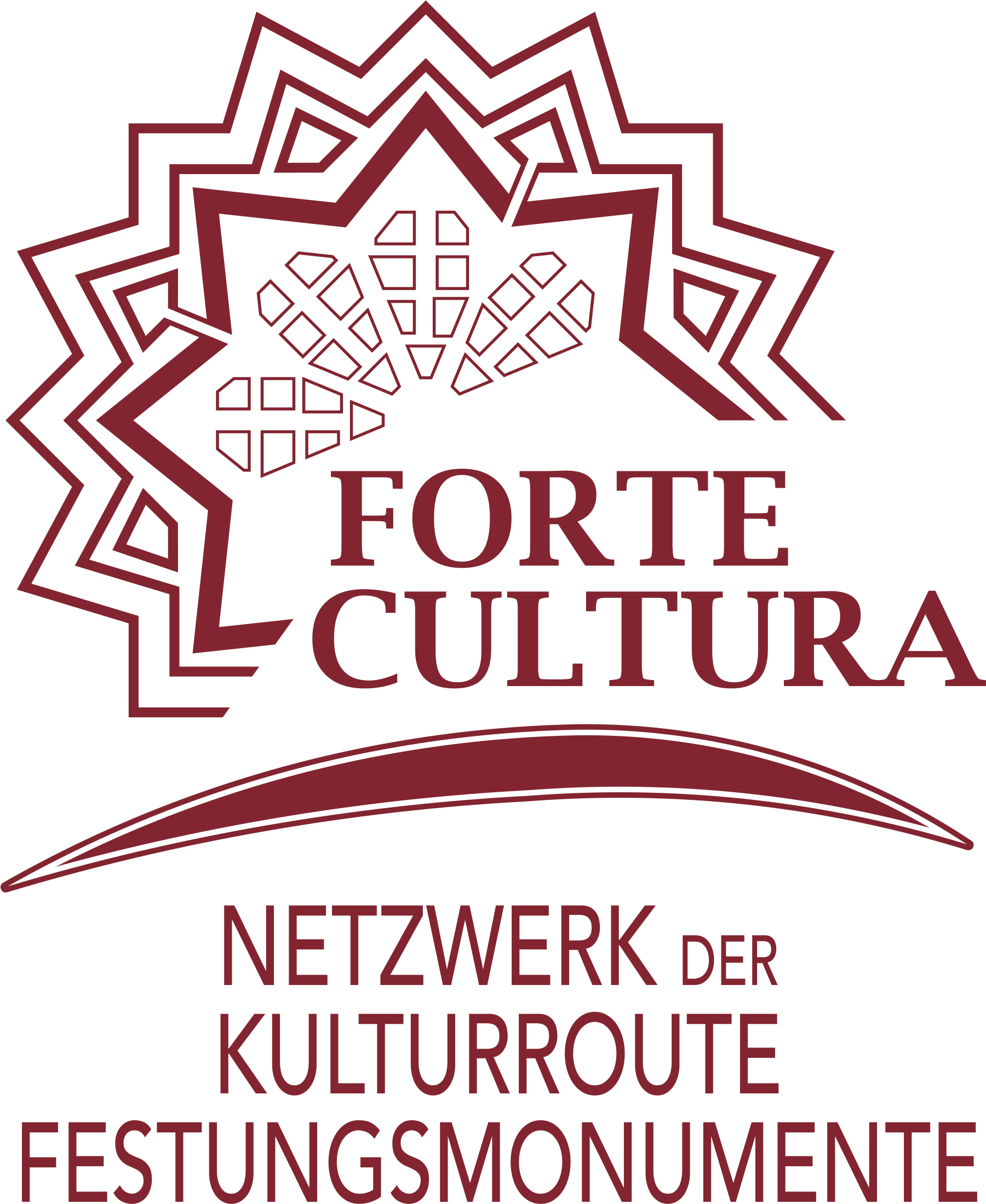Konferencja ewaluacyjna online poświęcona najlepszym praktykom europejskim
6 maja 2021 r., Pula (HR), organizowane przez FORTE CULTURA i Uniwersytet Juraja Dobrila w Puli (HR)
Wspólny komitet naukowy FORTE CULTURA / EFFORTS zorganizował konferencję ewaluacyjną na temat ZRÓWNOWAŻONEJ WALORYZACJI DZIEDZICTWA FORTYFIKACYJNEGO pod auspicjami Uniwersytetu Juraja Dobrila w Puli (HR). Konferencja online ma na celu wspieranie dziedzictwa kulturowego zabytków warownych poprzez dzielenie się i omawianie najlepszych praktyk w całej Europie na różne tematy. Celem jest rozwój międzynarodowej i multidyscyplinarnej sieci naukowej i badawczej oraz wymiana informacji i doświadczeń związanych z EUROPEJSKIMI NAJLEPSZYMI PRAKTYKAMI w dziedzinie zarządzania i rozwoju zabytków warownych.
The Program konferencji obejmował pięć głównych punktów:
- System fortyfikacji w Puli jako przykład niezbędnych procesów rozwoju dużego systemu fortyfikacji
- Inwentaryzacja i badania budynków
- Renowacja i ochrona zabytków, konwersja i zrównoważone użytkowanie
- Rozwój miejski i regionalny
- Rozwój i wdrażanie turystyki
- Przygotowanie możliwych nominacji do Światowego Dziedzictwa
Konferencja została nagrana online. Wideo ze wszystkimi wypowiedziami można znaleźć na naszej stronie internetowej Kanał YouTube.
Podsumowanie Raport (EN) zawiera wszystkie informacje o prelegentach i streszczenia wystąpień, w tym przemówienia powitalne na początku wydarzenia.
Lista prezentacji (EN):
- Modele zrównoważonej waloryzacji dziedzictwa fortyfikacyjnegoKristina Afrić Rakitovac / Nataša Urošević (Juraj Dobrila University of Pula, HR)
- Widoczna przyszłość "Twierdzy PulaSunčica Mustač / Katarina Marić (Muzeum Historyczne i Morskie Istrii)
- "Proces Pula Underground" 2001-2021Breda Bizjak (DAI - Stowarzyszenie Architektów Istrii)
- Fort Verudela - doświadczenia w odbudowie i rewitalizacji na potrzeby akwariumMilena Mičić (Aquarium Pula)
- Architektura fortyfikacyjna w Parku Narodowym BrijuniSnežana Smolić (NP Brijuni)
- Prowincja Trydent: Katalog austro-węgierskich fortyfikacji i kandydatura fortu Cadine do znaku dziedzictwa europejskiego (wideo)Fiorenzo Meneghelli (Istituto Italiano dei Castelli, sezione Veneto, IT); Giuseppe Ferrandi (Fondazione Museo Storico del Trentino)
- Šibenik jako chorwacka i europejska najlepsza praktyka w zarządzaniu dziedzictwem fortyfikacyjnymJosip Pavić (Twierdza Kultury Šibenik, HR)
- Rehabilitacja Twierdzy Kraków i Twierdzy Przemyśl na przykładzie innych twierdz w Polsce jako przykład synergii w rehabilitacji fortyfikacjiKrzysztof Wielgus / Anna Staniewska (Instytut Architektury Krajobrazu Politechniki Krakowskiej, PL)
- FORTE CULTURA - Szlak Kulturowy Zabytków Fortecznych; Zrównoważona turystyka forteczna jako klucz do wykorzystania i efektów ekonomicznychDirk Röder (FORTE CULTURA ass. - Sieć Szlaku Kulturowego Zabytków Fortecznych, DE)
- Ufortyfikowane dziedzictwo Kotoru/Czarnogóry. Proces przygotowania międzynarodowych nominacji do Światowego DziedzictwaIlija Lalošević (Uniwersytet Czarnogórski, Wydział Architektury); Milica Nikolić (Czarnogórska Komisja Narodowa ds. UNESCO)


Dodaj komentarz